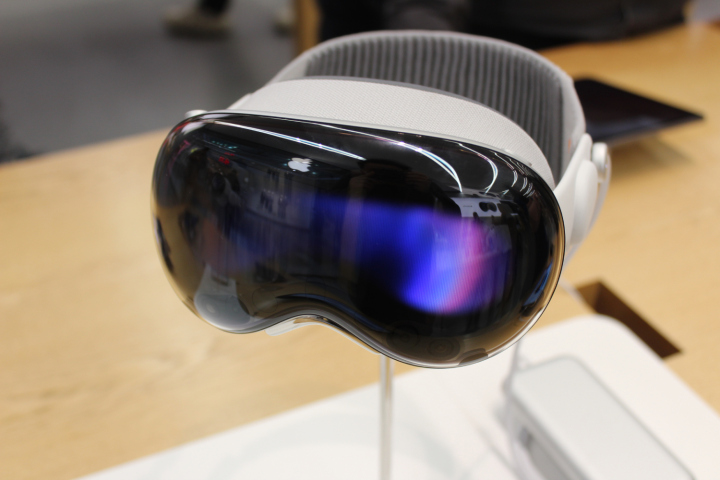
Apple employees working closely with the new Vision Pro mixed-reality headset believe it could take “four generations before the device reaches its ideal form,” according to prominent Apple tipster Mark Gurman.
In his weekly Power On newsletter for Bloomberg, Gurman cited his source as “some people in [Apple’s] Vision Products Group” who work directly on the headset.
While four generations could be considered similar to the progression of the iPhone, iPad, and Apple Watch, it’s not yet clear if Apple will follow in the footsteps of those devices and release updates for the headset on an annual basis. If it doesn’t, it could be five or six years — or even longer — before the Vision Pro reaches its ideal form.
Such a product would see improvement across the board, particularly in its physical form, meaning a future Vision Pro headset will be smaller, lighter, and more comfortable to wear. The viewing experience will also see significant improvements, as will the “creepy” EyeSight feature that displays a digital representation of the wearer’s eyes to people in front of them (if Apple decides to keep it, that is). A smaller and more powerful battery would be part of the package, too.
Improvements would also include major software enhancements for a more feature-rich experience and include improvements to things like eye-tracking and typing, the latter of which is currently a somewhat frustrating experience. The Bloomberg reporter notes that the current software for the Vision Pro “feels like a beta version” and suggests it’s “about a year away from feeling refined enough” for people to use on a daily basis.
A drop in price would be very welcome, too, as its current $3,499 price tag makes the product just way too expensive for many potential customers.
Gurman said that for now, the Vision Pro is “essentially a prototype — just one where you have to pay Apple for the privilege of testing it out,” adding that rather than replacing the Mac computer or iPhone as some have suggested, the Vision Pro is far more likely to dent iPad sales, becoming a device that performs basic tasks very well. However, replacing the iPad looks to be a ways off.


